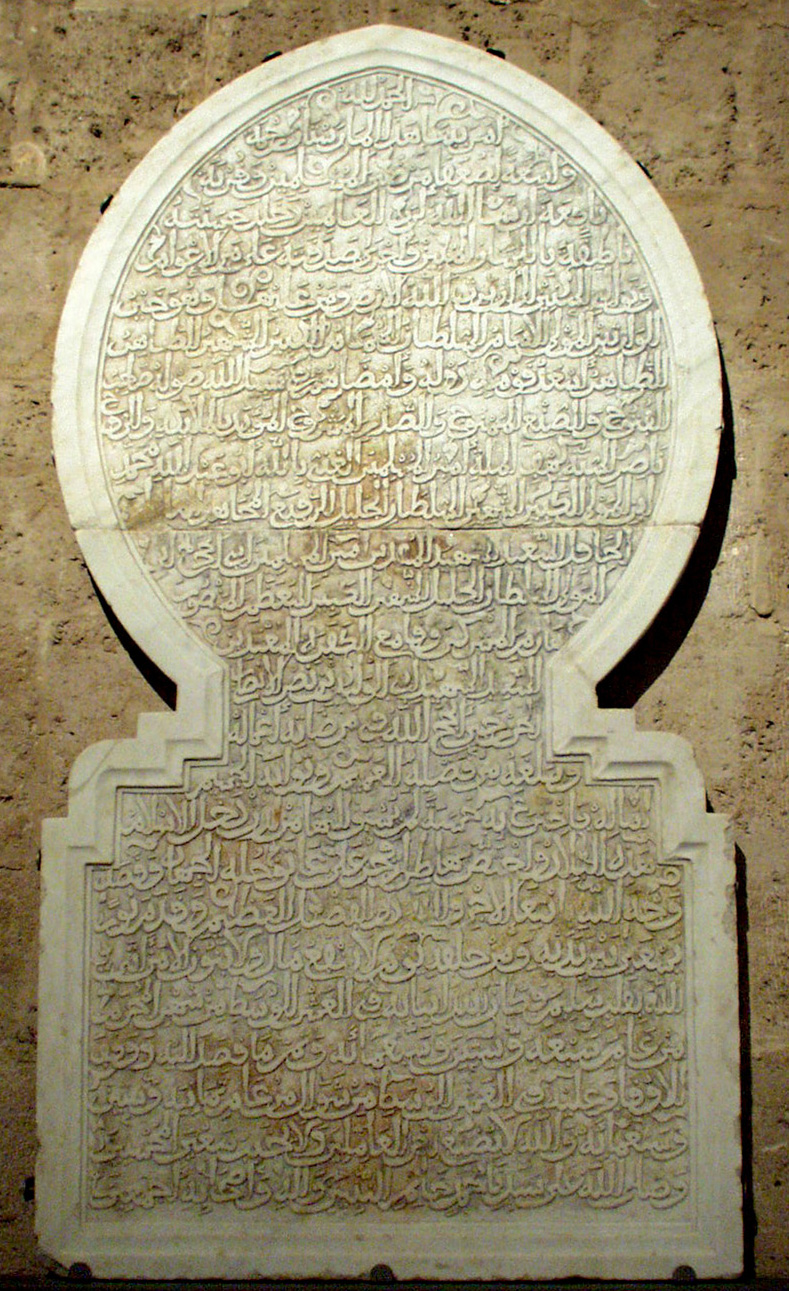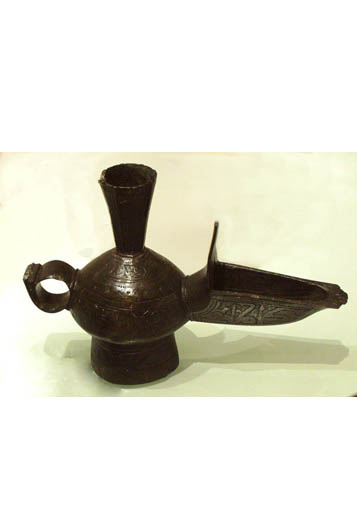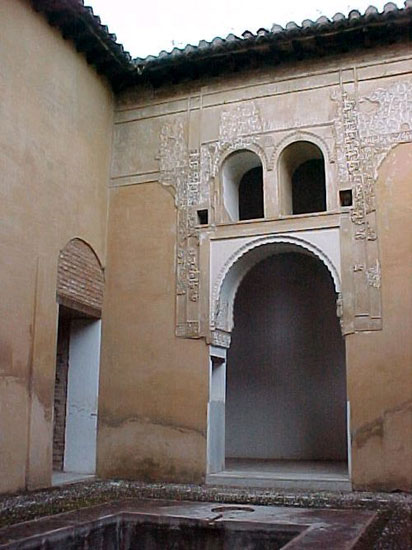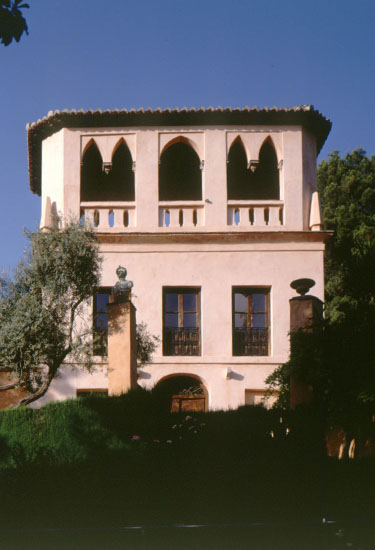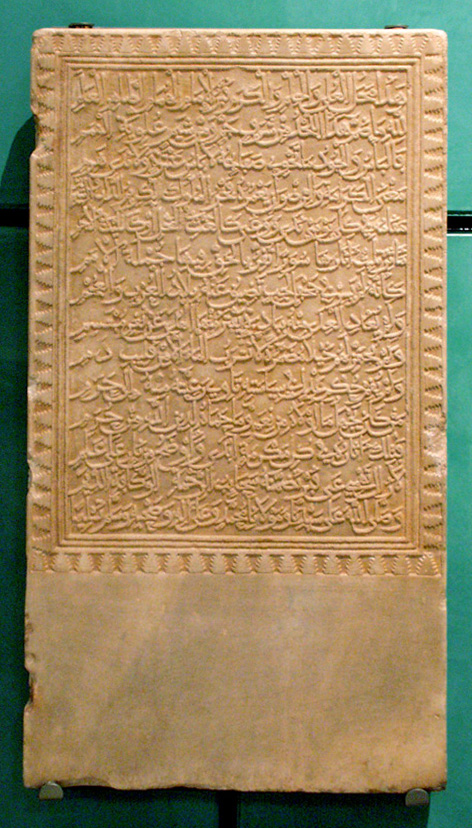Coranes
Visiting hours: Every Saturday of March, at 12 a.m.
Place: Room I, Museum of the Alhambra, Palace of Charles the V.
The Koran as well as other holy books of other religions is a book of worship, however, and unlike others, it also regulates a way of life and a social, political and economic conduct between others. And therefore collects from prayers to such mundane matters as the distribution of an inheritance or personal hygiene issues.
Since it began the written compilation of the Koranic verses in the early years of the “Hégira”, the sacred book of Muslims was always primarily decorated, and many of the calligraphers did not skimp on costs or time in its development. The mainly used material was skin of slaughtered animals, tanned carefully until the paper appeared. As for the calligraphy, the used ink was obtained from the minerals that were in each region. The black ink is generally used for the main titles and punctuation; and other decorative elements are highlighted in different colours where the gold leaf was the most valuable. Furthermore it should be noted that with regard to the calligraphy they were used varieties as cúfica and italics also called “nasjí”.
During the intervention it was also treated in a more detailed way, issues such as structure, content, origin, conservation status, etc. of the two Korans found in the museum that have lasted up to now. We mention its special features, because they are rare and valuable examples, since not all the Muslims of that time could have one, hence their scarcity, but the copies made were expensive, so the majority were by request.





 Contact
Contact






